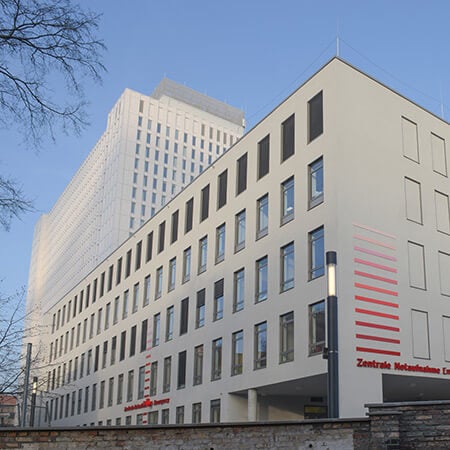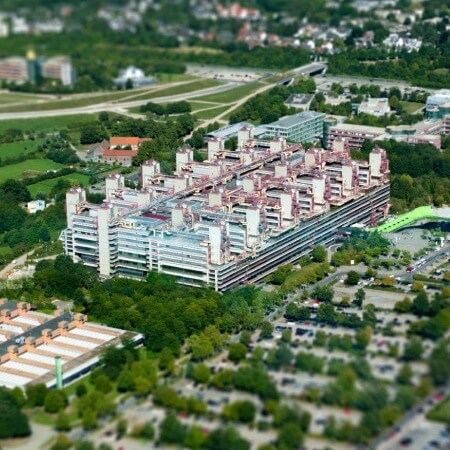About the disease
Acne is a disease of skin, which is manifested by development of pimples on the face. The medical name of this condition is Acne Vulgaris. It develops mostly during the period of puberty, when a person starts to produce special oil glands, also known as sebaceous glands. When there is an abnormal production of this glands, pimples develop in the areas with the biggest amount of these glands, which is usually the face. Pimple grows when follicles on the skin become blocked and oil accumulates under the skin. Sebaceous glands are produced in adrenal glands and are considered to be male glands, although these glands are produced both by men and women, as it is a general truth that women produce certain male hormones and vice versa. Although acne rarely presents any danger and is considered to be a normal process during puberty, it still can leave little scars on the face in the adult life. It can also be aesthetically and emotionally challenging for a teenager. Acne is an extremely common condition affecting approximately 75% of all world population at some point of their life. In some cases acne can be very mild and last only several weeks, while in others it can be a lifelong problem especially in people with an oily type of skin. It is also common in people who have excessive amount of androgen, which is a male hormone. It can also be caused by genetic predisposition. In some cases there can be periods of remission and flare ups. New pimples can appear during the menstrual period of a woman or can be caused by stress, excessive consumption of sweets and by weather changes. It is believed that in winter people are more likely to have pimples than in summer as ultraviolet prevents excessive productions of oil follicles on the skin. Squeezing of pimples can also lead to appearance of new pimples and in rare cases it can also lead to certain skin infections which overall are not dangerous. Although acne is more common in women, this condition is considered to be more difficult treated in men, although the reason for that is not known.
Symptoms
- Pimples
- Oily skin
- White spots
- Black spots, especially on the nose
- Red skin
- Scar marks which appear after the squeezing
Diagnosis
- Usually general examination is enough to diagnose acne.
- Various skin tests are used to rule out the other dermatologic diseases, such as demodex, couperose and various infections. Usually skin sample is examined under the microscope to determine the type of dermatologic condition a person is having.
- A hormonal test is used to determine if there excessive amount of androgen or testosterone hormones which could be causing acne.
- Blood test is sometimes used to rule out possibility of an infection.
Treatment
- Conservative treatment includes prescription of special creams, gels and lotions designed to slow down the production of oil follicles, clean the pores, bleach the skin and change the bacterial count in the area where pimples are produced. In some cases a patient may also be prescribed special drugs also designed to slow down the production of oil follicles. Most commonly, all medications and creams which fight acne include such ingredients as salicylic acid, sulfur and azelaic acid.
- Radical top skin layer removal with plastic reconstruction is recommended for severe cases of acne. This procedure removes the top layer of the skin where pimples accumulated and then reconstructs the next skin layer, so that it is clear.
Authors: Dr. Vadim Zhiliuk, Dr. Sergey Pashchenko




















